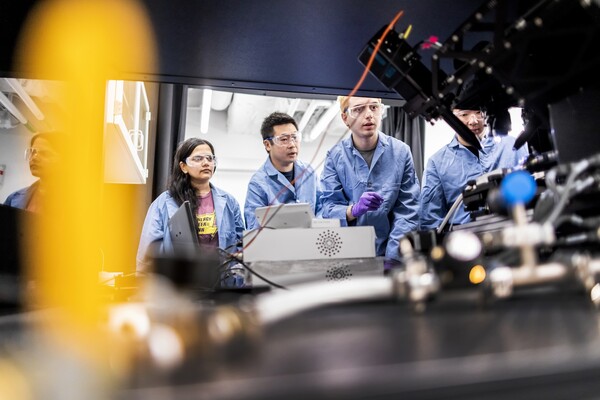
Image: Mininyx Doodle via Getty Images
For more than two decades, Penn has had a strategic and systematic approach to economic inclusion.
In that time, the University has worked to expand economic opportunities for minorities and women in the areas of purchasing, human resources, and construction by setting annual goals for engaging local, minority, and women-owned businesses and workforce participation.
Recently, the African American Chamber of Commerce of Pennsylvania, New Jersey, and Delaware (AACC) honored Penn with the 2015 Corporate Advocate of the Year Award, which recognized the University’s commitment to diversity and inclusion with minorities, women, and local businesses through the Economic Inclusion Program.
“Penn is committed to expanding economic opportunities for minorities and women and is a recognized model for how educational institutions are enhancing the economic vitality of the community, city, and regions we serve,” said Penn Executive Vice President Craig Carnaroli, who received the award on May 27 from AACC Board Chair Steven Scott Bradley.
Specifically, the University has taken a proactive approach by setting annual goals and developing programs and partnerships aimed at engaging the community. A spring capital project information session and a vendor expo in the fall have provided access, opportunities, and information for new minority- and women-owned businesses.
In addition, pipeline programs in Penn Medicine, STEM education programs in West Philadelphia schools, and participation in the ACE Mentor Program and other pre-apprenticeship programs have helped to create a skilled workforce in West Philadelphia neighborhoods. Partnerships with the city and Chamber of Commerce on the Diverse Vendor Database project have expanded engagement.
And Penn’s commitment is paying off for Philadelphia.
In Fiscal Year 2014, Penn’s purchasing spend topped more than $100 million for both local (West Philadelphia) and diversity suppliers. In the past decade, Penn’s total average minority- and women-owned business construction spend was approximately $32 million annually, or nearly 33 percent of the total contract spend. As of March 2014, Penn hired more than 15 percent of its workforce from the West and Southwest Philadelphia communities for positions throughout the University and Penn Medicine.
To read more about Penn’s overall economic impact, visit the Executive Vice President’s website.

Image: Mininyx Doodle via Getty Images

The sun shades on the Vagelos Institute for Energy Science and Technology.
nocred

Image: Pencho Chukov via Getty Images

nocred